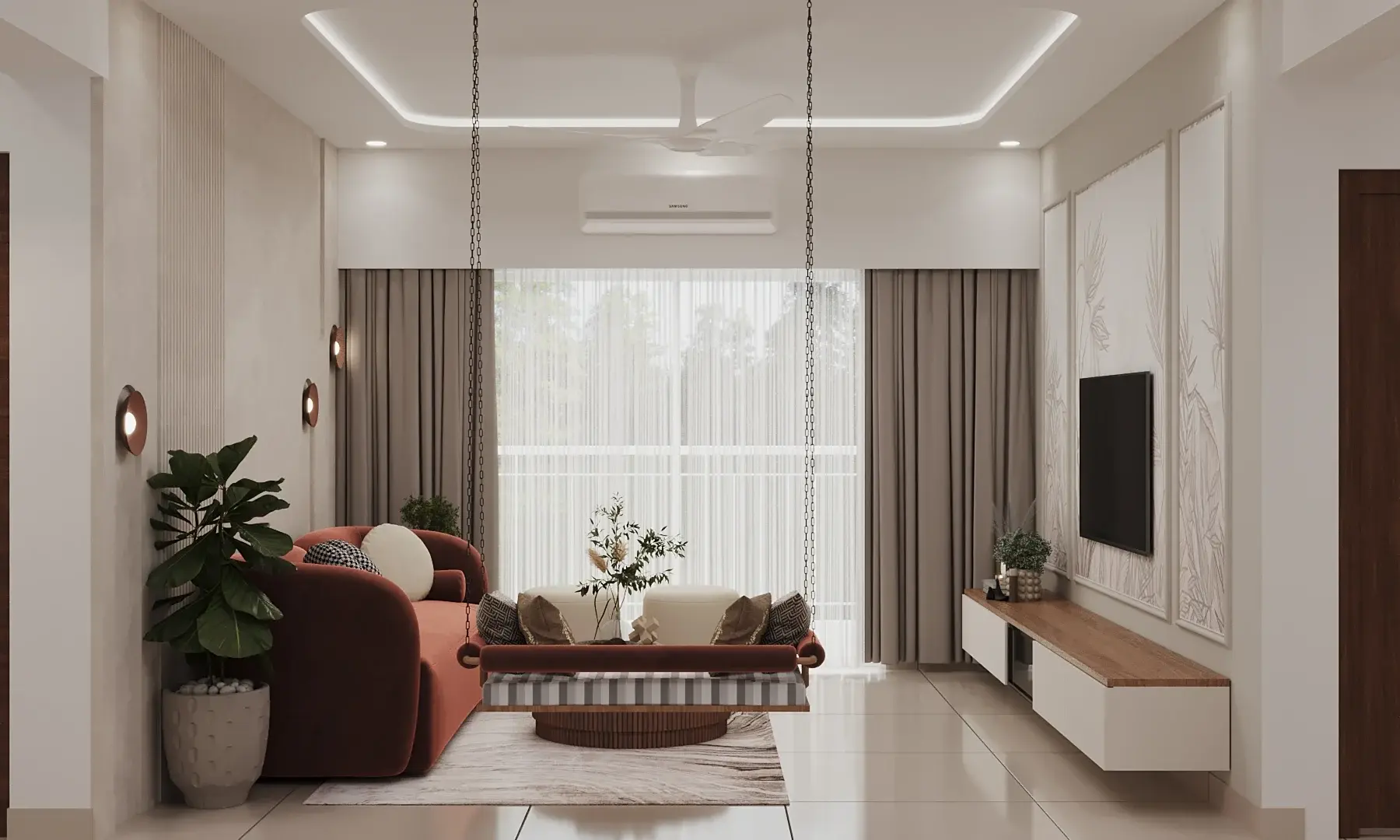Transform Your Home With Necessary Concepts of Inside Design and Appearances
By comprehending the effect of color concept and the value of structure and patterns, one can produce spaces that are not just aesthetically enticing yet additionally deeply personal. Achieving this equilibrium includes even more than plain decoration; it includes a tactical setup and a keen understanding of just how each aspect interacts within an area.
Understanding Shade Theory
Color theory is a basic facet of interior decoration that dramatically influences mood, assumption, and general visual. Recognizing the principles of color theory enables designers to develop areas that resonate psychologically with occupants while fulfilling useful requirements (miami luxury interior design). Colors can be categorized into three primary kinds: main, second, and tertiary. Each classification plays an essential function in establishing consistency within a space.
The emotional effect of shades is extensive; cozy hues such as reds and oranges evoke energy and heat, while cool tones like blues and environment-friendlies promote calmness and harmony. Additionally, the usage of corresponding shades boosts visual interest, producing striking contrasts that can elevate a room's charm.
Neutral shades, on the other hand, function as a functional background, allowing various other design components to radiate. It is important to think about variables such as lighting and the space's objective when selecting a color palette, as these can modify the understanding of shades throughout the day.
Inevitably, a well-considered color plan can transform a room, cultivating a sense of comfort and style that straightens with the inhabitants' choices. Proficiency of shade concept is, therefore, an important ability for any type of indoor developer aiming to create unified and welcoming settings.
Accomplishing Balance in Design
How can designers attain a feeling of balance in their areas? Achieving balance in layout is basic to producing harmonious insides. Developers can use three primary types of balance: symmetrical, asymmetrical, and radial. Symmetrical equilibrium entails preparing aspects uniformly around a central factor, promoting a sense of order and harmony. This kind commonly features sets of furnishings or artwork, enhancing visual security.
Asymmetrical balance, on the other hand, counts on differing components that still accomplish a natural look. This method enables even more vibrant and casual setups, offering rate of interest while keeping equilibrium. By meticulously picking differing dimensions, colors, and structures, developers can produce an aesthetically compelling room that feels well balanced yet energetic.
Radial equilibrium stresses a central prime focus with elements emitting exterior. This design is commonly seen in circular layouts, where furniture and decor develop a cohesive surround that draws the eye internal.
Ultimately, achieving balance requires thoughtful consideration of scale, percentage, and the partnerships in between aspects. luxury interior design. By masterfully using these equilibrium concepts, designers can transform areas right into environments that feel click here for info both visually pleasing and functionally unified, enhancing the overall experience for passengers
Importance of Spatial Understanding

A keen sense of spatial understanding enables designers to identify focal points within a room, assisting the customer's attention to vital attributes while preserving an overall sense of unity. It also helps in the calculated placement of illumination, which can substantially affect the perception of area and mood. Additionally, recognizing spatial connections enables the designer to deal with the details requirements of residents, making sure that each location serves its desired function without compromising aesthetic appeals.
Eventually, spatial understanding is critical for optimizing the potential of any type of indoor area. By carefully thinking about the interaction between dimensions, format, and function, developers can produce environments that not just satisfy practical needs yet likewise stimulate a sense of comfort and elegance, improving the overall living experience.
Incorporating Structure and Patterns
Accepting a diverse series of appearances and patterns can dramatically enhance the aesthetic and tactile appeal of an indoor room. The calculated use various products-- such as wood, metal, textile, and rock-- produces depth and rate of interest, making a room feel more welcoming and vibrant. For example, combining smooth surfaces with harsh textures can develop an equilibrium that attracts the eye and involves the senses.
When including patterns, consider both range and repetition. Huge patterns can work as focal factors, while smaller sized, subtle layouts can enhance other aspects without frustrating the space. Layering patterns, such as pairing floral pillows with candy striped tosses, adds complexity and a sense of consistency if performed attentively.
It is you can try these out likewise essential to maintain a natural color scheme, ensuring that appearances and patterns work together rather than contend for focus. By selecting a few crucial structures and patterns, you can create a linked visual that shows your personal design while improving the general ambiance of the area. Inevitably, the mindful incorporation of these components can change an ordinary room into an advanced setting abundant with personality and warmth.
Personalizing Your Room
Producing an area that reflects your individuality is vital to attaining a genuinely welcoming atmosphere. Personalization in interior design permits you to instill your unique design and passions into your home, transforming it from a simple shelter right into a sanctuary that speaks to that you are. Begin by selecting a shade combination that reverberates with your feelings-- bold colors can stimulate, while soft tones use serenity.
Integrate art work and design that show your enthusiasms, whether it be travel, nature, or abstract ideas. Presenting individual collections, such as publications, photos, or keepsakes, can evoke valued memories and create prime focus within an area. Furthermore, take into consideration personalizing practical items, like upholstered furniture, to align with your aesthetic choices.

Verdict
Finally, the transformation of a home with the vital concepts of interior style and looks necessitates a detailed understanding of shade theory, equilibrium, spatial awareness, texture, and customization. Each element contributes dramatically to producing a harmonious and useful living environment - luxury interior design. By site attentively integrating these principles, people can improve the aesthetic charm and psychological vibration of their rooms, eventually fostering a home that mirrors one-of-a-kind identifications while supplying comfort and practicality